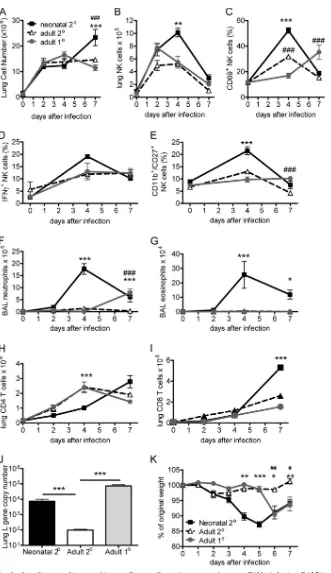Delayed Sequelae of Neonatal Respiratory Syncytial Virus Infection Are Dependent on Cells of the Innate Immune System
Full text
Figure




Related documents
We have argued that (i) ‘vacuum ontic state’ is effectively a theoretical concept without a proper theory, that (ii) such states may involve problematic features of non-locality
Q S1 and Q S3 estimates; thus, these coefficients should not be taken as definite emission strengths for each area of the field. However, they do offer a rough guide to which sec-
The issue of context is essential in the case of article use. For example, most grammars state that proper nouns are definite. 275) stated that proper nouns are inherently
Abstract.—Competition with gizzard shad Dorosoma cepedianum has been shown to influence survival of larval bluegills Lepomis macrochirus as well as growth and size structure
Exhibit III summarizes the approved rate and rule filings for medical malpractice insurance covering physicians and surgeons in Nevada during the time period from January 1, 2013,
This study proposed a cost effective easy design tracker where tracking can be done monthly basis by using an artificial intelligence based optimum tilt angle result..
Temporal trends in (A) discharge to hospice care, (B) palliative care, and (C) in-hospital mortality among unplanned hospitalizations of patients with a diagnosis of
Move identification in this present research was based on the revised frameworks for analyzing the Results and Discussion by Chen and Kuo (2012) (Tables 1 & 2)